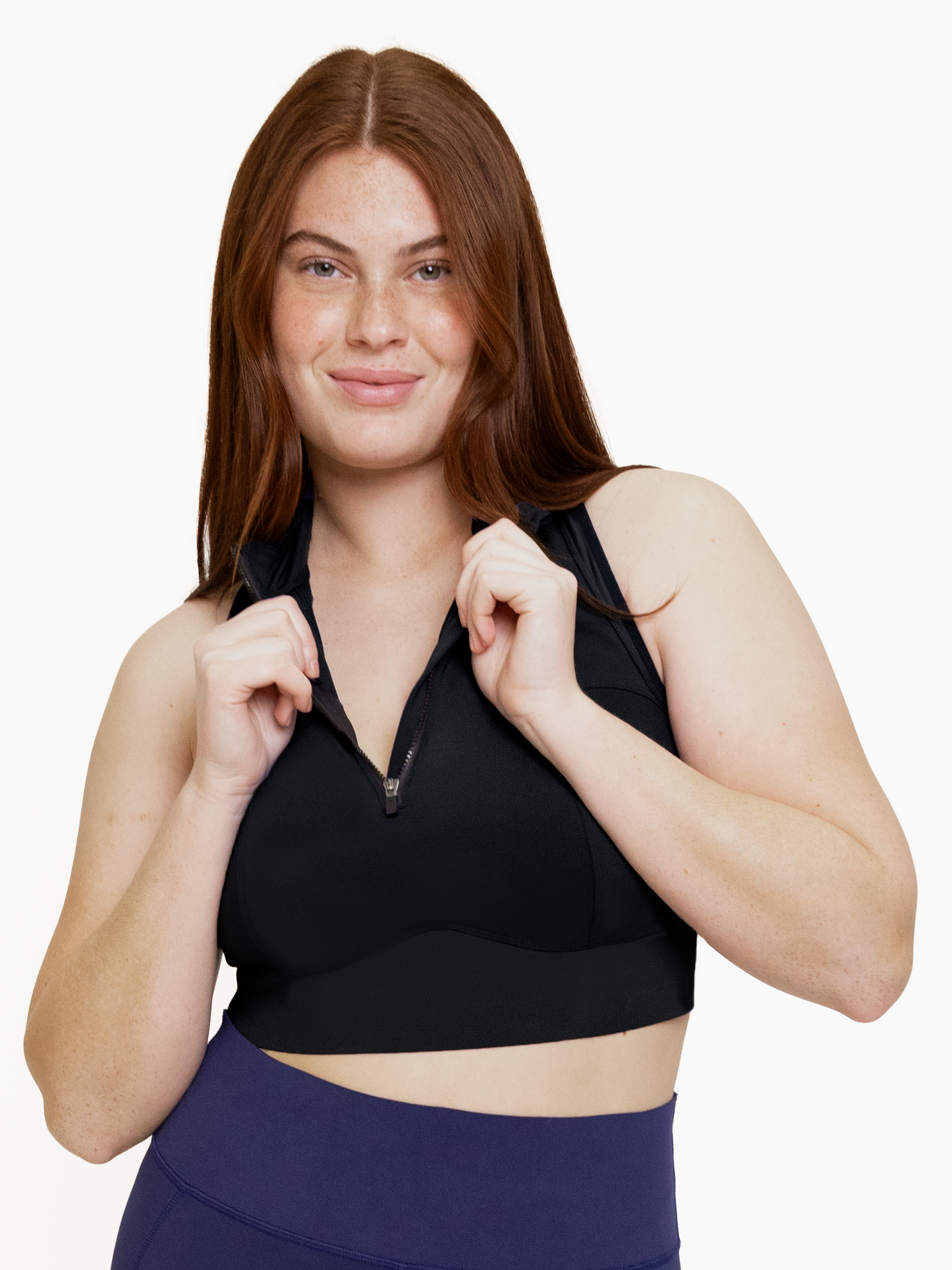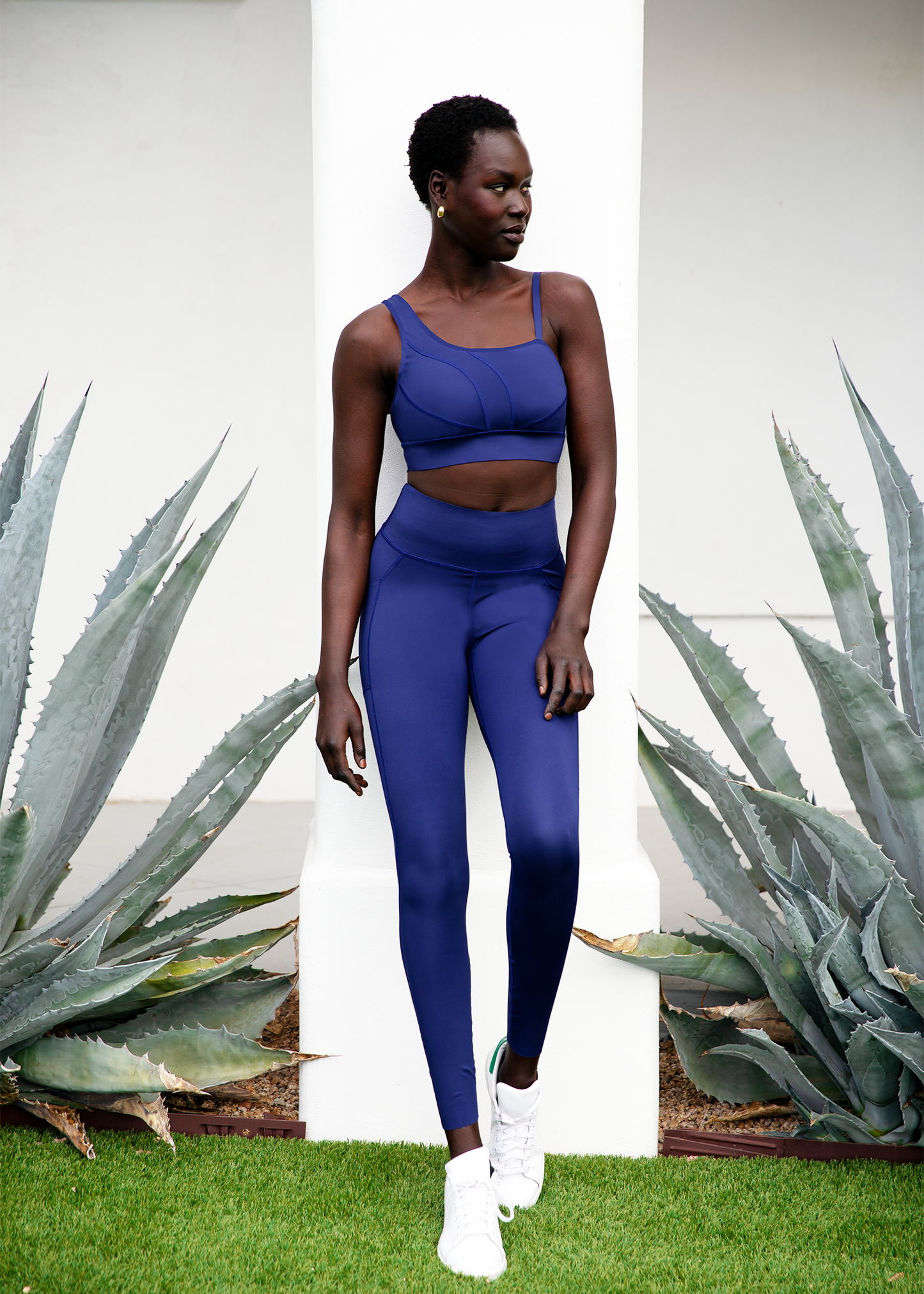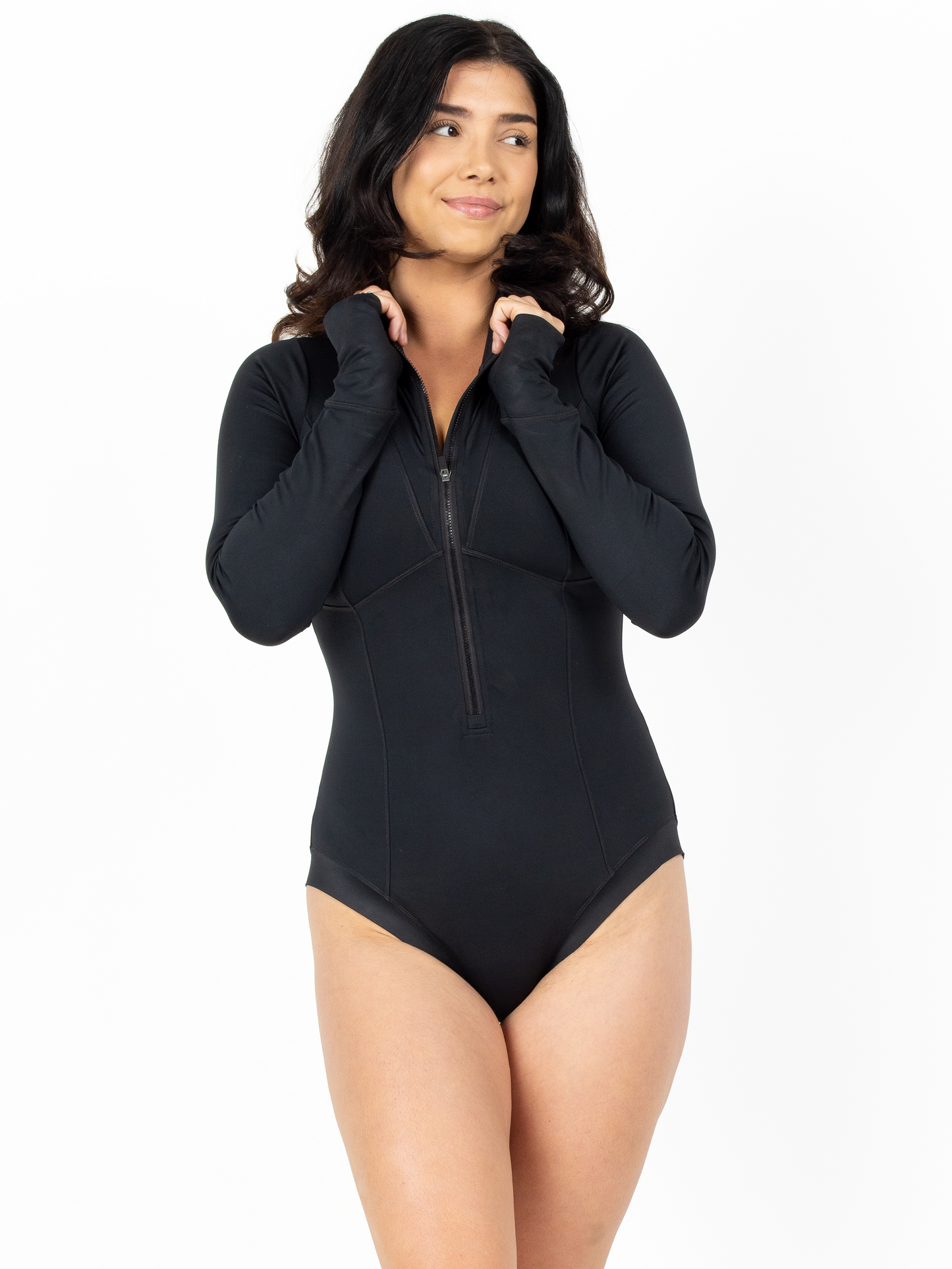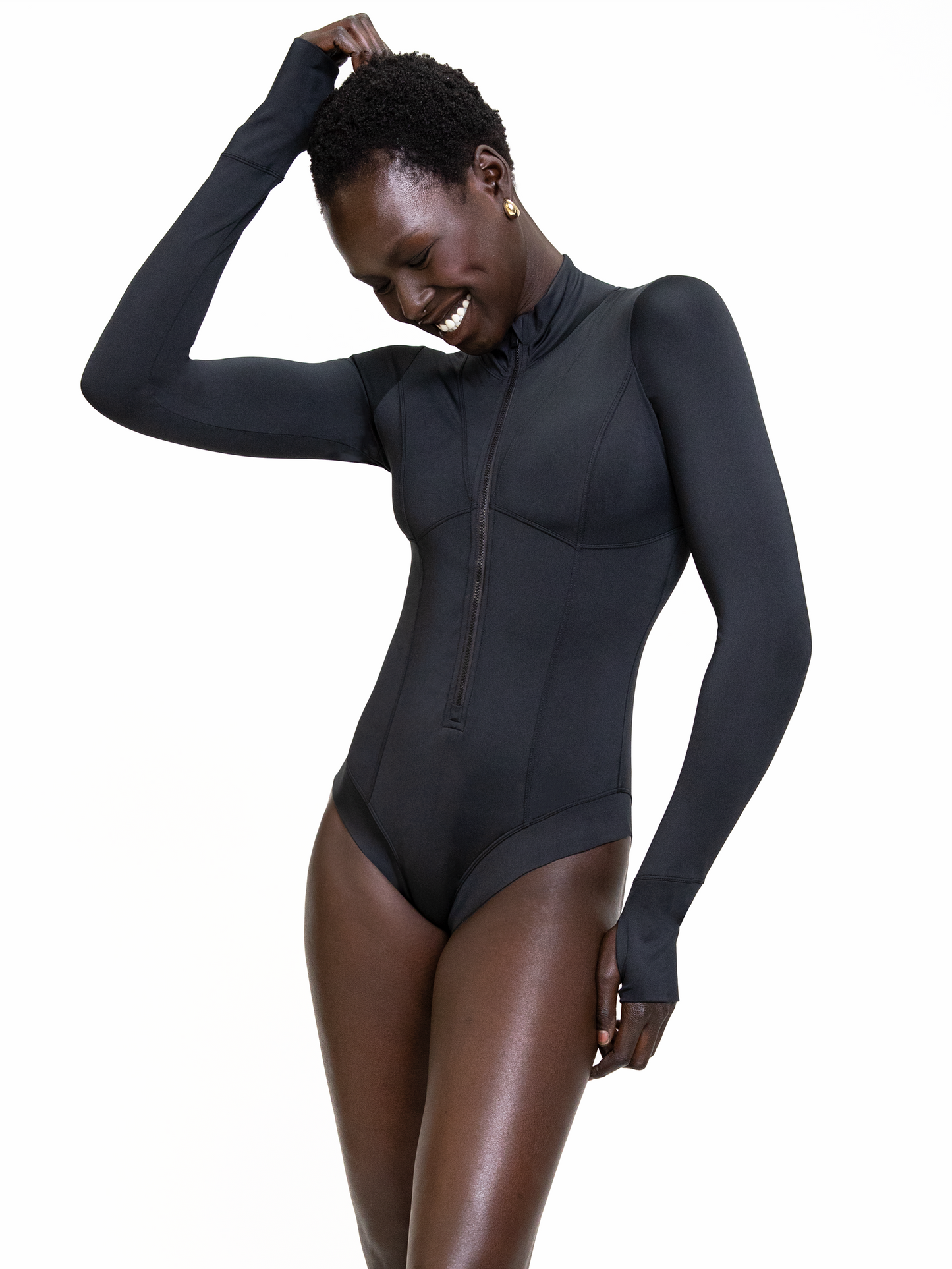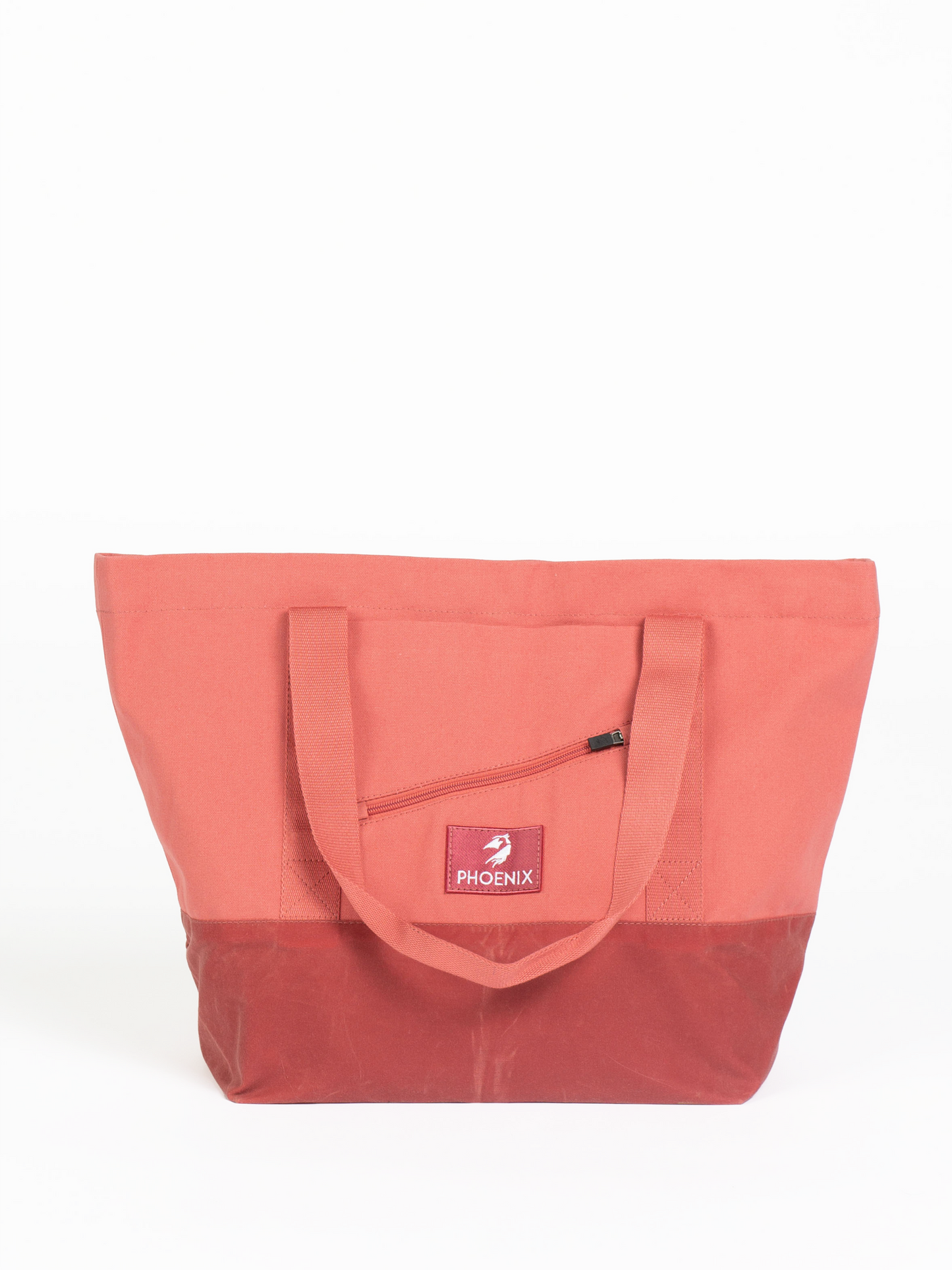This store requires javascript to be enabled for some features to work correctly.
If you're struggling with eczema, dermatitis, or other skin conditions that make getting dressed a challenge, take a closer look at your wardrobe. It's crucial to reassess your clothing choices and invest in items that won't aggravate or chafe your skin. Fast fashion is known for utilizing synthetic fibers that can trigger reactions in those with sensitive skin. However, there are alternative materials that can provide a calming sensation and are less harsh. Many brands have recognized the important relationship between textiles and skin, and have started implementing sustainable practices to create garments that promote a healthy skin microbiome.
The importance of choosing the right nursing bra cannot be overstated, as it plays a crucial role in ensuring comfort and well-being for breastfeeding mothers. A well-fitting nursing bra provides essential support during breastfeeding, preventing discomfort and potential issues. Nursing bras are not only about breastfeeding success but also about the comfort and support they provide during the postpartum period.
I’m sure everyone has some sort of compression garment in their wardrobe. Whether it’s leggings, shorts, socks, or smoothing undergarments, they are worn to serve various purposes. Compression garments are made from stretchy materials that conform to the body and apply pressure to specific areas where they are worn. The pressure varies based on the degree of compression and the wearer's needs. Here's a breakdown of some of the advantages of wearing compression garments.
Returns are a common part of the retail industry, but they have significant implications for sustainability and waste. Understanding the systems of returns, their impact on sustainability, and why we should care is crucial.
The process of returns involves more than just an exchange or refund. Items that are returned often end up in landfills, contributing to the growing problem of waste.
